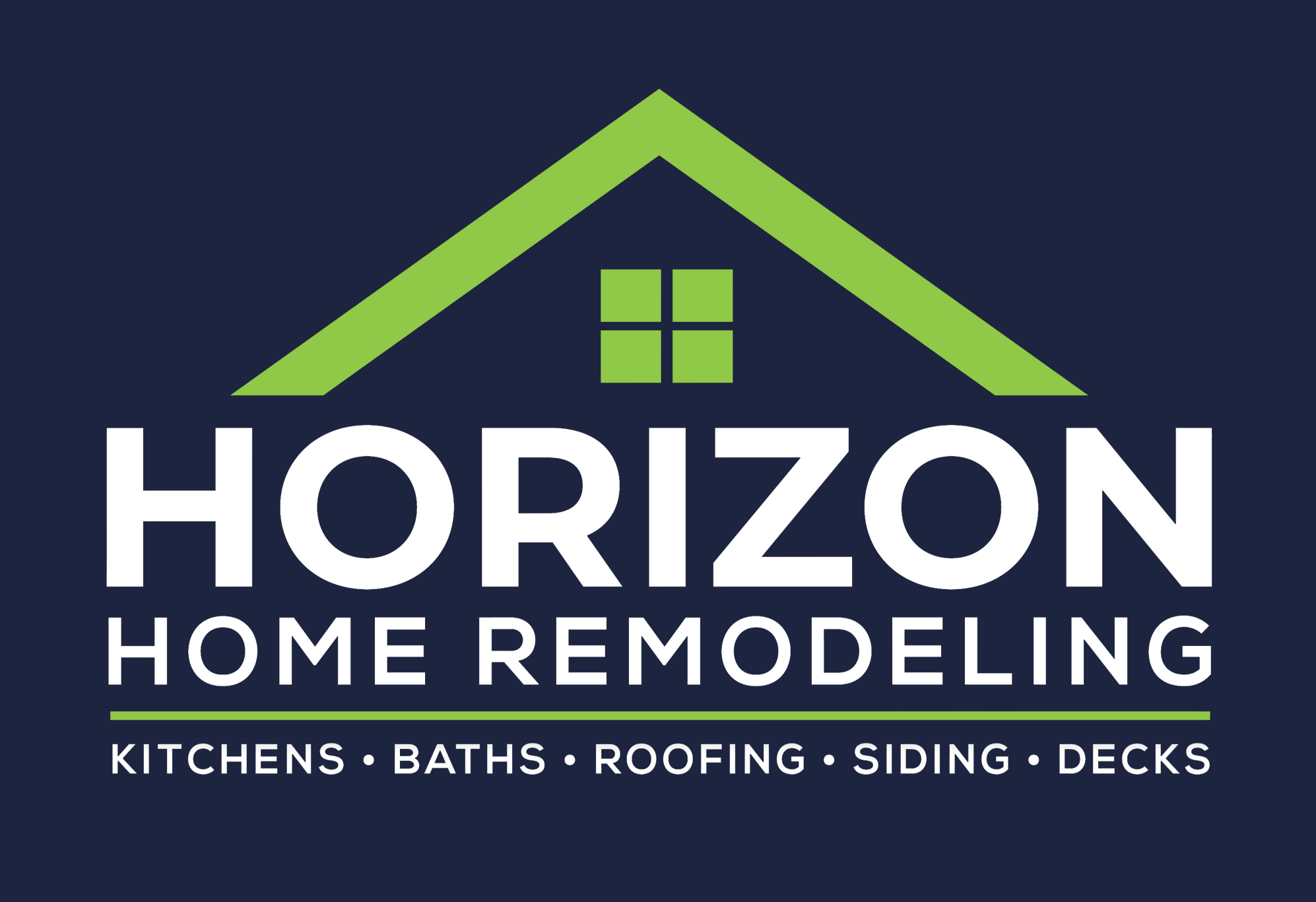Walk-in showers have revolutionized the way we think about bathroom design, offering a luxurious and space-efficient alternative to traditional bathtubs and shower enclosures. In this article, we will explore the numerous benefits, design options, and installation considerations associated with walk-in showers.
What is a Walk-In Shower?
Walk-in showers are spacious, barrier-free shower areas characterized by their openness and lack of doors or curtains. These showers can vary in size and shape, but they are typically designed to be easily accessible, making them suitable for people of all ages and mobility levels.
Benefits of Walk-In Showers
1. Accessibility
One of the primary benefits of walk-in showers is their accessibility. They are designed to accommodate individuals with mobility challenges, including:
- Senior citizens
- People with disabilities
- Individuals recovering from injury or surgery
Without the need for stepping over a high bathtub wall, walk-in showers allow for safer entry and exit.
2. Space Efficiency
Walk-in showers are perfect for smaller bathrooms where space is at a premium. Their designs can be customized to fit into tighter corners or awkward layouts. Options include:
- Corner showers
- Rectangular shapes
- Curved designs
By maximizing space, these showers allow for additional features like wall-mounted shelves or seating.
3. Aesthetics
Modern walk-in showers add a contemporary flair to bathrooms. They can create a spa-like atmosphere and enhance the overall aesthetic appeal of the space. Popular design elements include:
- Glass panels for an unobstructed view
- Natural stone finishes
- Integrated lighting features
These options allow homeowners to express their personal style.
4. Ease of Maintenance
Walk-in showers are often easier to clean than traditional bathtubs and enclosed shower systems. The absence of curtains or doors means fewer places for mold and mildew to accumulate. Consider the following:
- Use of materials like tile or natural stone that resist moisture
- Seamless glass partitions that eliminate crevices
- Regular maintenance schedules to ensure cleanliness
These features contribute to a more hygienic bathing experience.
Design Options for Walk-In Showers
1. Glass Enclosures
Glass enclosures offer a clean, seamless look that can make a bathroom feel more spacious. Popular glass options include:
- Frameless glass panels for a minimalist appearance
- Frosted or textured glass for increased privacy
2. Shower Benches
Adding a bench to your walk-in shower enhances its functionality. It provides a place to sit while showering and can also serve as a decorative element. Benefits include:
- Convenience for shaving or washing feet
- Support for individuals who may need to rest
3. Specialty Showerheads
Walk-in showers allow for creative showerhead placements. Consider the following options:
- Rainfall showerheads for a luxurious experience
- Handheld showerheads for added flexibility
4. Unique Tile Designs
Custom tile work can transform a walk-in shower into a stunning focal point. Popular trends include:
- Colorful mosaic tiles
- Large-format tiles for fewer grout lines
Installation Considerations
1. Plumbing and Drainage
One of the most critical aspects of installing a walk-in shower is ensuring proper plumbing and drainage. Factors to consider include:
- Location of existing plumbing
- Type of drainage system (linear drains or traditional shower drains)
Consulting with a professional plumber can save time and avoid potential pitfalls.
2. Waterproofing
Proper waterproofing is essential to prevent water damage and mold growth. Recommended strategies include:
- Using waterproof membranes or boards
- Sealing grout lines and joints
3. Safety Features
When designing a walk-in shower, safety features are paramount. Considerations include:
- Non-slip flooring materials
- Grab bars for additional support
- Proper lighting to prevent accidents
4. Budget
Establishing a clear budget before starting the installation process is crucial. Walk-in showers can range widely in cost based on:
- Size and materials
- Labor costs
- Additional features and customizations
Case Studies
Case Study 1: Transforming a Tiny Bathroom
A family in a small New York City apartment opted for a walk-in shower to maximize space. By eliminating the bathtub and installing a shower with sliding glass doors, they transformed their bathroom into a more accessible and modern space. The outcome was not only functional but also visually appealing, leading to positive reflections on their overall living experience.
Case Study 2: Accessibility for Seniors
A retired couple in a suburban home decided to upgrade their bathroom for better accessibility. They replaced their traditional shower with a walk-in model equipped with a bench and grab bars. The changes significantly enhanced their independence, allowing them to manage bathing without assistance.
Case Study 3: Spa-Like Retreat
A homeowner in California created a luxurious spa-like retreat by installing a large walk-in shower with dual rainfall showerheads and an elegant stone finish. This design not only added value to their property but also provided a relaxing escape right at home.
Statistics Supporting the Walk-In Shower Trend
As homeowners continue to prioritize bathroom renovations, several statistical trends have emerged:
- According to the National Kitchen & Bath Association (NKBA), 51% of homeowners in the U.S. are opting for walk-in showers over traditional bathtubs.
- Research by HomeAdvisor found that the average walk-in shower installation costs between $5,000 and $10,000, depending on materials and customization.
- Over 33% of bathroom remodels now include universal design elements aimed at improving accessibility.
Conclusion
Walk-in showers are much more than a design trend; they offer practical benefits that enhance both daily living and the overall value of a home. With their accessibility options, aesthetic appeal, and ease of maintenance, they represent an ideal solution for modern bathrooms. By considering the various design elements and installation aspects, homeowners can create a functional, stylish, and safe bathing experience.
As we move towards a more inclusive and practical approach to home design, walk-in showers will undoubtedly continue to rise in popularity, making them a wise investment for any homeowner looking to modernize their space.



